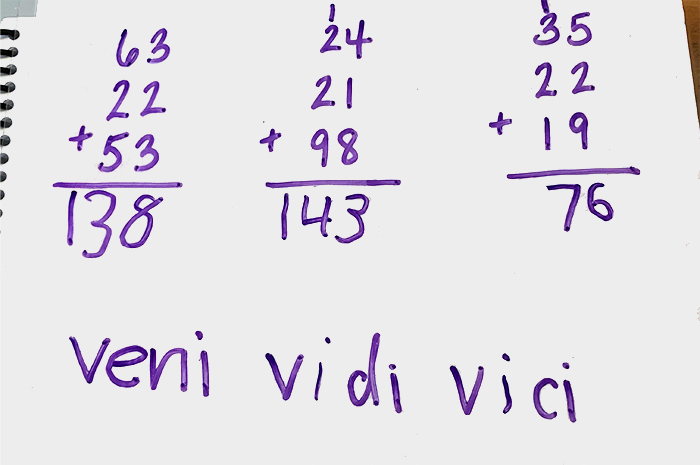
If you’ve followed us for a while, you know we have multiple children with mild special needs. But the term mild needs can be really misleading. Many people think it means learning disabilities only, but my children don’t have any diagnosed learning disabilities!
What are Mild Special Needs?
So what do we mean by “mild special needs”?
Special needs are present whenever a child chronically struggles with academics, behavior, or mobility, due to physical, emotional or neurological causes.
Mild needs are special needs (see above) that don’t require extensive modifications or accommodations in order for a child to overcome/live with these struggles.
Even children with big diagnoses like autism can have “only” mild special needs! If they don’t require a lot of help for academics or day to day activities, their needs are considered mild.
The Trouble with Mild Special Needs
When it comes to mild needs, especially in academics, the source of the struggle is often unknown or unclear. Many times, it’s completely hidden.
We simply know something isn’t right and normal adjustments aren’t helping.
For example, if a child is struggling in math, the standard advice is to change the curriculum or simply practice more often. But for a child with mild special needs, a new curriculum or more practice may not change things.
They may need different kinds of practice, they may need concepts explained multiple times, or presented in multiple ways, or they may need even more practice than most people would think of trying.
Once you find the right mix, children with mild needs begin to make progress. It may be slow progress, but they are moving forward.
That’s one of the big differences between mild needs and more advanced needs.
In mild needs, you’ll still feel like you’re taking two steps forward and three steps back. But it won’t be as prolonged or intense as it is with advanced needs.
Getting to the Root of Things
This is why testing, even for mild needs, can be really important. We all hesitate to put labels on our children. But we need to remember that the label is going on the thing that is affecting our children.
The problem comes when we as parents allow that label to define our child.
There are many things we can figure out through attentive observation. For many years, observation was the only tool I had and we made it work.
But our children’s struggles can have many different roots, and those different roots often require different approaches.
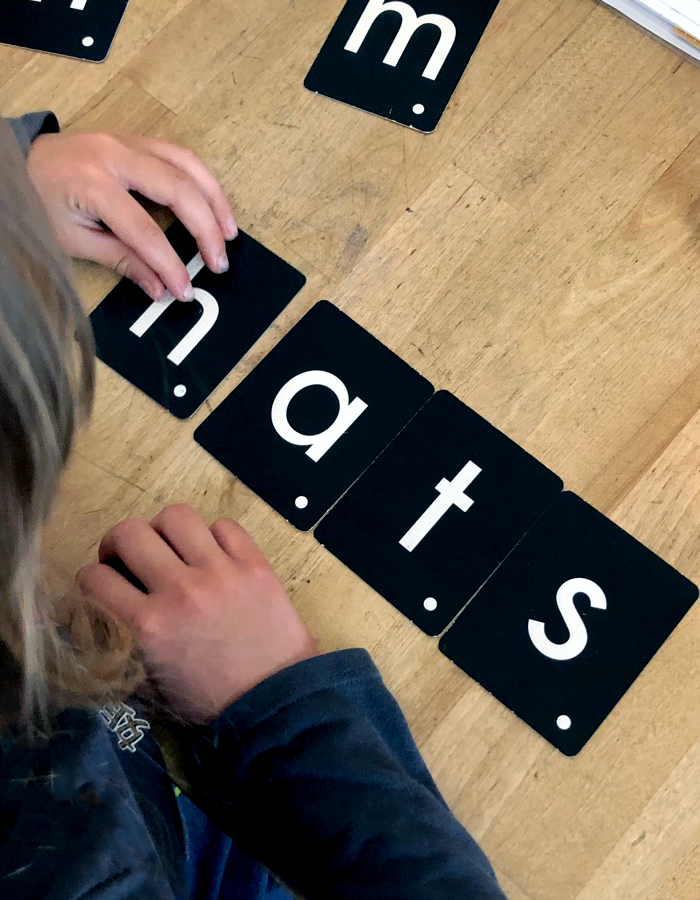
A child who appears to struggle with phonics may actually be struggling with vision tracking. That, in turn, can affect their ability to remember the phonics they’re learning.
This is what happened to our son; we never would’ve known this without a professional evaluation.
The decision to seek testing is a really personal one and the line is going to vary from family to family and even child to child. Testing can be helpful for sorting through the many possible causes — even if they’re hidden from view.
If nothing else, it can rule out physical causes.
Our Surprise Evaluation
One of our sons showed red flags for sensory processing and ADHD. But we never expected what a combination of observation and professional evaluation would turn up:
- Casein (dairy-protein) allergy: this was trigging severe ADHD behaviors for him.
- Muscle reflex issues: some of his muscles were ignoring the signals sent from his brain. The automatic firing of these reflexes mimicked ADHD behaviors such as fidgeting, focus, etc.
- Convergence insufficiency: his eyes were struggling to converge when reading. A regular optometrist visit doesn’t catch this issue.
- Low core strength: he was always leaning to one side when writing, leaning against door frames, and avoiding physical work. We assumed this was an attempt to get out of chores or fly under the radar. In reality, his body was struggling to support itself.
When it came to school, most of his energy and brainpower went to holding his eyes in place and being able to sit up.
There wasn’t much left for learning!
The scary part? None of this was visible to untrained eyes. We had no idea.
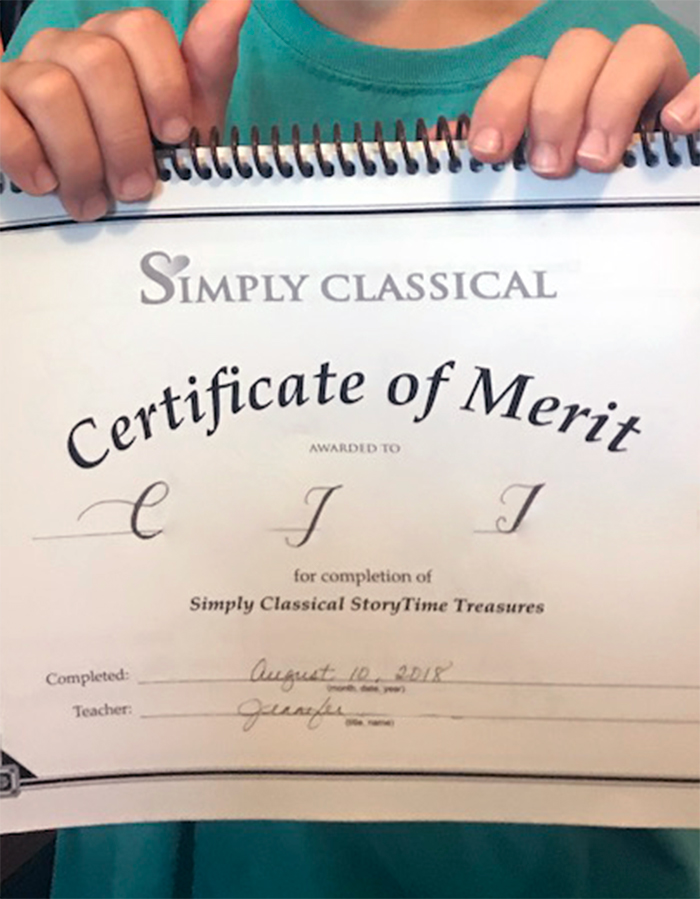
After addressing these physical issues, we saw greater progress in his learning. He still has struggles, but he has less physical obstacles so we’re able to make progress in other areas.
This is the comforting thing about mild needs: with the proper support, children with mild needs can make significant progress.
Every child is different, but the gap tends to decrease, if the needs are addressed. If the needs are more advanced, mild interventions won’t help as much.
Discerning Between Mild Special Needs and Other Challenges
I mentioned before that we can navigate a lot of this through attentive observation. One of the first things for us to determine is whether we are dealing with special needs, educationally-induced learning gaps, or character issues.
Character Issues
I often see moms frustrated at their child’s lack of progress, or lack of motivation. They’ll say, “We’ve tried everything. This child is so lazy. What do I do?”
Here’s the thing: if you address the situation in all the normal, appropriate ways — and give time for those to work — and there’s little to no change, there’s usually something deeper going on.
We experienced this with one of our other sons. To this day I regret all the years that were wasted, and all the relationship damage done, because we thought he had character issues.
He was actually struggling with hidden special needs.
Their impact was severe, but he didn’t need extreme interventions. Once we knew how to help him, we began to see steady changes.
Character issues are usually resolved with consistent expectations and accountability. These two things help children with mild needs (and all children!), but they won’t be able to make a big difference if your child is missing other needed supports.
Educationally-Induced Learning Gaps
We also need to discern mild needs from educationally-induced learning gaps. These gaps in knowledge or skills are due to previous educational history rather than physical, emotional, or neurological obstacles.
They’re not special needs per se, but they can resemble special needs.
They can also resemble character issues and they are often present in combination with special needs and/or character issues.
Yes, you can have all three going at once. Our family has been there.
To discern between special needs and educationally-induced learning gaps, you want to look back at your child’s learning history. Did they miss something that would explain the struggle they’re having now?
When we first switched to Rod & Staff Math, we discovered that one of my sons didn’t really know some basic arithmetic concepts. We had jumped around between math programs, so the gaps didn’t surprise me.
I was surprised that we had to go back three levels to fill in those gaps!
Once we did that, he soared as if there had never been a problem. There was no special need involved. I just hadn’t given him the foundation he needed. So it was an educationally-induced learning gap.
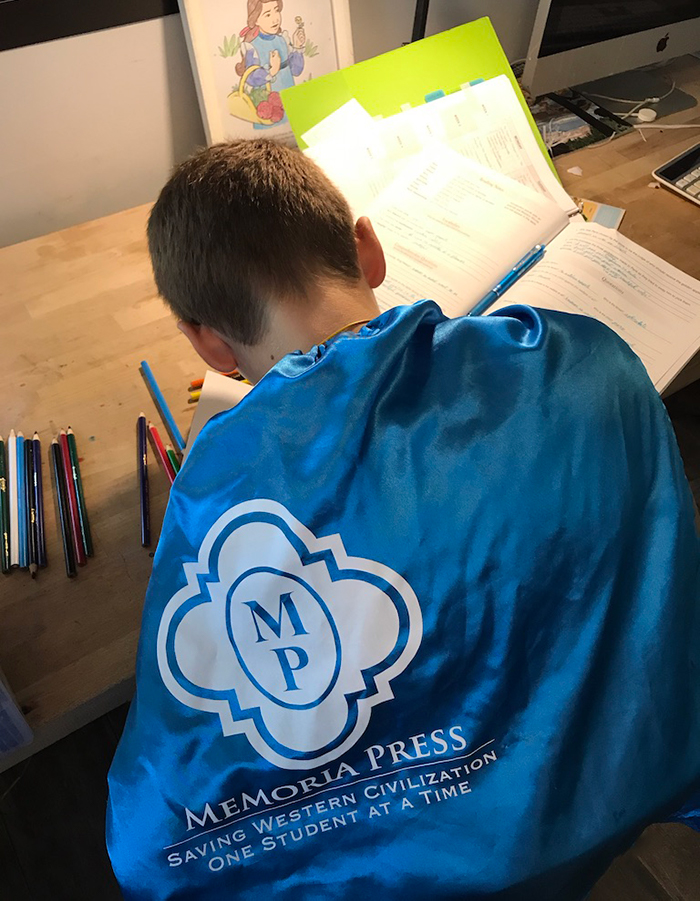
The Tricky Thing About Gaps
With these kinds of learning gaps, the missing piece can be a concept or it can be a skill.
Let’s say your child is struggling with writing answers:
Possibility 1: They don’t know how to transfer oral answers into writing. In the absence of a deeper struggle, modeling and practice will usually resolve this issue.
Possibility 2: They struggle with the physical act of writing because they haven’t had a lot of practice. Again, modeling and practice are usually all that is needed.
Possibility 3: They struggle with the physical act of writing because they actually lack hand and shoulder strength. They need to do exercises to build that strength. They’ll likely need other supports for their work.
In that last case, you’re dealing with a special need. A highly resolvable one, but it’s still a special need.
Don’t be Afraid to Ask
Getting to the root of these things takes observation, discernment, and a willingness to ask questions. Not only of ourselves and the situation, but also of our children.
Ask your child, “What goes through your mind when we try to write answers in school? ” or “What do you not like about having to write answers?”
Note, that none of those questions uses the word why.
Why is too abstract in these situations and will often keep you from getting a useful answer. Reframe your question with what and you’ll have more success.

A Note For Moms
While they’re called mild needs, their impact on families can be just as severe as that experienced with major diagnoses.
Also, what impacts one family severely may impact another family to a lesser degree and vice-versa.
Please remember: special needs families don’t compare crosses, we simply help each other carry them.
If you know other moms walking this road, please share this post using the Facebook or Email Share buttons below.
What Do We Do Now?
Once we have a clearer understanding of what is happening with our child, and if we’ve determined there are some special needs involved, how do we support our children and address those needs?
I’ll be answering these questions in-depth in the second part of this series; but in the meantime, the full talk this series is based on is available for free here.
It’s the fifth session on the page so you’ll need to scroll a little. It will look like this:

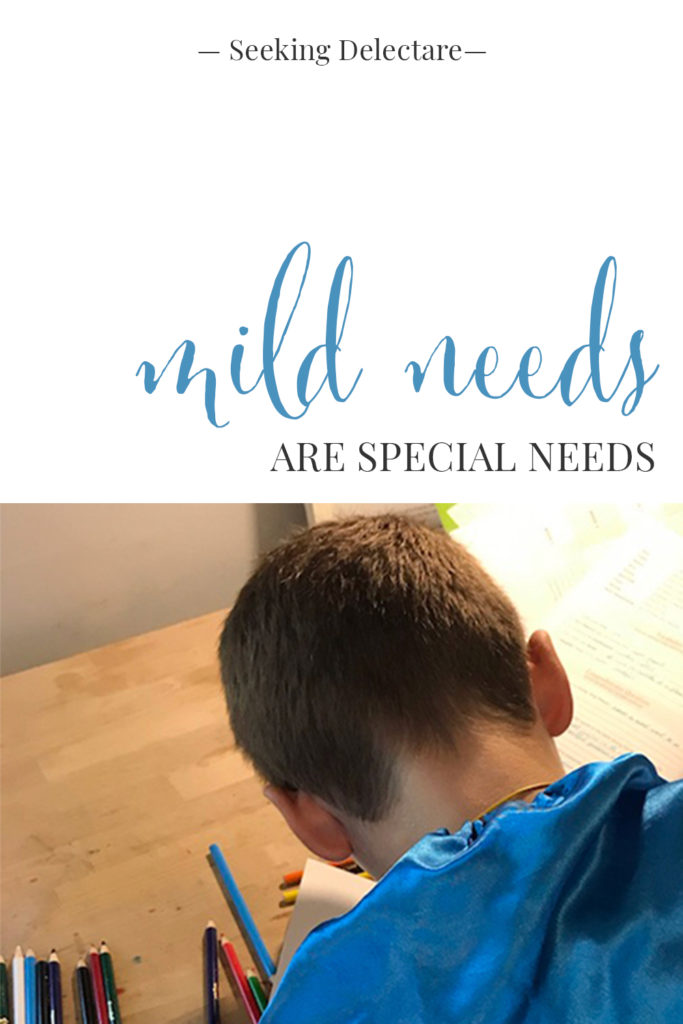
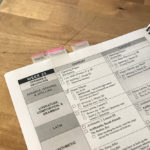


Leave a Reply